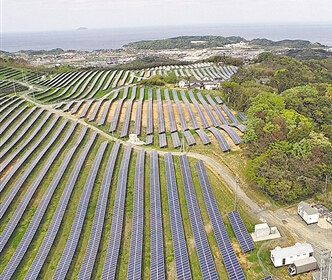As we all know, the world's first photovoltaic highway is in Normandy, France. The name of this photovoltaic road is Wattway, which is 1km long, covers 2,800 photovoltaic panels, and costs 5 million euros. Because it uses new energy technologies, it is also called the "road of the future" by the media. However, three years later, this acclaimed photovoltaic highway proved to be a costly failure.
What is the reason for the failure of the photovoltaic highway?

First, the protective layer collapsed. The huge pressure exerted by the agricultural tractor caused the resin protective layer of this road to break. In terms of load and durability, it did not meet previous expectations.
Secondly, the power generation is insufficient. The annual power generation target of the highway is expected to be about 150,000 kWh, but the power generation in 2018 is less than 80,000 kWh. Due to road damage caused by storms and other reasons, the amount of electricity generated has fallen sharply. In 2019, the daily production capacity of the highway decreased from 215 kWh in 2018 to approximately 200 kWh.
Furthermore, there is noise on the road. The car generates noise when pressed over the photovoltaic panel. The faster the speed, the greater the noise. Due to the excessive noise, there are many complaints from the surrounding residents, which makes highway managers need to reduce the speed limit of the road and bring a little peace to local residents.
In addition, the weather in Normandy, France is cloudy for most of the year, and rotten substances such as leaves can affect the health and normal operation of photovoltaic panels. In addition, rainwater will erode photovoltaic modules for a long time, and the untimely cleaning of roads is also a major problem that limits the development of photovoltaic highways.
















 RCCN WeChat QrCode
RCCN WeChat QrCode Mobile WebSite
Mobile WebSite







